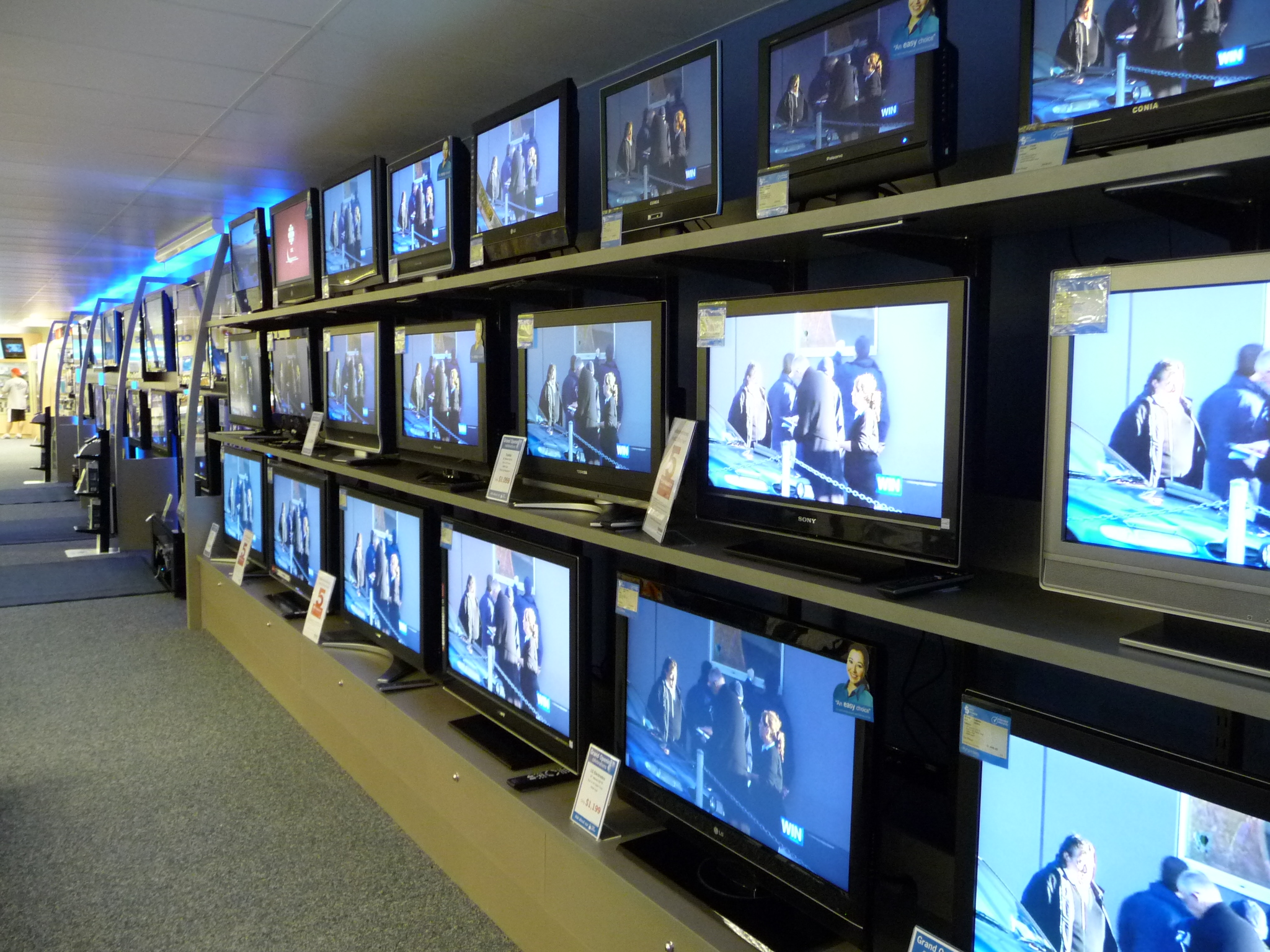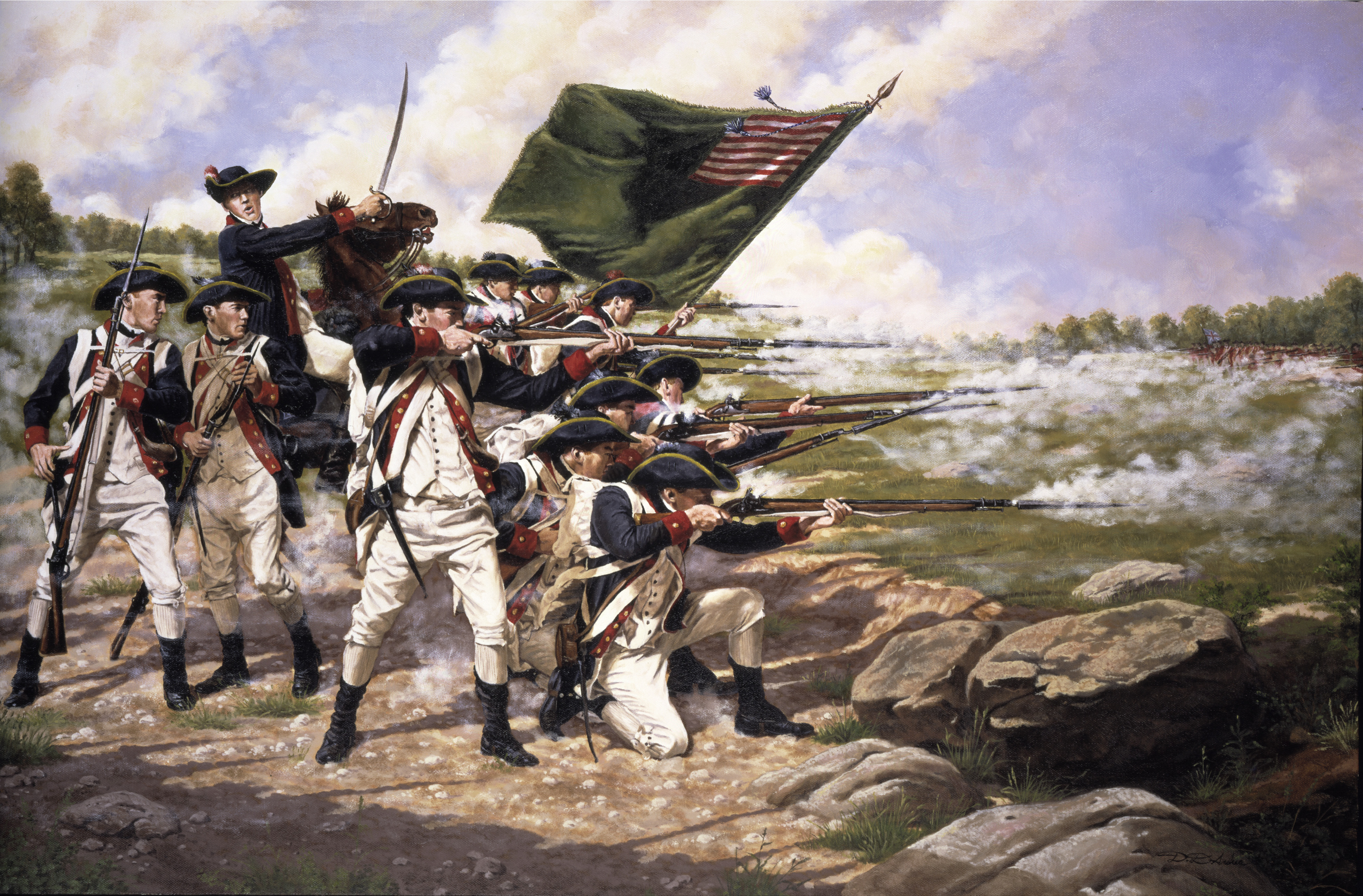|
Modern Homemakers
''Modern Homemakers'' was an early American television series, making its debut on June 27, 1951, on five stations of the CBS television network in the eastern United States. This half-hour daytime program (10:30-11:00 a.m., EDT) was broadcast from New York Monday through Friday. It was hosted by home economist Edalene Stohr, who during the first episode quipped, "Color television's wonderful, but it will really be something when we develop it to bring you the aromas of the dishes, too." ''Modern Homemakers'' was broadcast in the CBS field-sequential color system A field-sequential color system (FSC) is a color television system in which the primary color information is transmitted in successive images and which relies on the human vision system to fuse the successive images into a color picture. One field ... that was incompatible with existing black and white television sets, on which no picture would be visible. Only a small number of prototype color television sets exis ... [...More Info...] [...Related Items...] OR: [Wikipedia] [Google] [Baidu] |
Television
Television (TV) is a telecommunication medium for transmitting moving images and sound. Additionally, the term can refer to a physical television set rather than the medium of transmission. Television is a mass medium for advertising, entertainment, news, and sports. The medium is capable of more than "radio broadcasting", which refers to an audio signal sent to radio receivers. Television became available in crude experimental forms in the 1920s, but only after several years of further development was the new technology marketed to consumers. After World War II, an improved form of black-and-white television broadcasting became popular in the United Kingdom and the United States, and television sets became commonplace in homes, businesses, and institutions. During the 1950s, television was the primary medium for influencing public opinion.Diggs-Brown, Barbara (2011''Strategic Public Relations: Audience Focused Practice''p. 48 In the mid-1960s, color broadcasting was ... [...More Info...] [...Related Items...] OR: [Wikipedia] [Google] [Baidu] |
New York City
New York, often called New York City (NYC), is the most populous city in the United States, located at the southern tip of New York State on one of the world's largest natural harbors. The city comprises five boroughs, each coextensive with a respective county. The city is the geographical and demographic center of both the Northeast megalopolis and the New York metropolitan area, the largest metropolitan area in the United States by both population and urban area. New York is a global center of finance and commerce, culture, technology, entertainment and media, academics, and scientific output, the arts and fashion, and, as home to the headquarters of the United Nations, international diplomacy. With an estimated population in 2024 of 8,478,072 distributed over , the city is the most densely populated major city in the United States. New York City has more than double the population of Los Angeles, the nation's second-most populous city. [...More Info...] [...Related Items...] OR: [Wikipedia] [Google] [Baidu] |
Home Economics
Home economics, also called domestic science or family and consumer sciences (often shortened to FCS or FACS), is a subject concerning human development, personal and family finances, consumer issues, housing and interior design, nutrition and food preparation, as well as textiles and apparel. Although historically mostly taught in secondary school or high school, dedicated home economics courses are much less common today. Home economics courses are offered around the world and across multiple educational levels. Historically, the purpose of these courses was to professionalize housework, to provide intellectual fulfillment for women, to emphasize the value of "women's work" in society, and to prepare them for the traditional roles of sexes. Family and consumer sciences are taught as an elective or required course in secondary education, as a continuing education course in institutions, and at the primary level. Beginning in Scotland in the 1850s, it was a woman-dominated c ... [...More Info...] [...Related Items...] OR: [Wikipedia] [Google] [Baidu] |
Field-sequential Color System
A field-sequential color system (FSC) is a color television system in which the primary color information is transmitted in successive images and which relies on the human vision system to fuse the successive images into a color picture. One field-sequential system was developed in 1940 by Peter Goldmark for CBS, which was its sole user in commercial broadcasting. The Federal Communications Commission adopted it on October 11, 1950, as the standard for color television in the United States. Its regular broadcast debut was on June 25, 1951. However, a few months later, CBS ended color broadcasting on October 20, 1951. In March 1953, CBS withdrew its color system as a standard, creating an opening for all-electronic color systems from other manufacturers. In the late 1960s, NASA revived the Goldmark-CBS system to broadcast color video from Project Apollo Command Modules, using a camera developed by Westinghouse Electric Corporation. The Westinghouse color camera was adapted to ev ... [...More Info...] [...Related Items...] OR: [Wikipedia] [Google] [Baidu] |
1951 American Television Series Debuts
Events January * January 4 – Korean War: Third Battle of Seoul – Chinese and North Korean forces capture Seoul for the second time (having lost the Second Battle of Seoul in September 1950). * January 9 – The Government of the United Kingdom announces abandonment of the Tanganyika groundnut scheme for the cultivation of peanuts in the Tanganyika Territory, with the writing off of £36.5M debt. * January 11 – In the U.S., a top secret report is delivered to U.S. President Truman by his National Security Resources Board, urging Truman to expand the Korean War by launching "a global offensive against communism" with sustained bombing of Red China and diplomatic moves to establish "moral justification" for a U.S. nuclear attack on the Soviet Union. The report will not not be declassified until 1978. * January 15 – In a criminal court in West Germany, Ilse Koch, The "Witch of Buchenwald", wife of the commandant of the Buchenwald concentration camp, is sentenced to li ... [...More Info...] [...Related Items...] OR: [Wikipedia] [Google] [Baidu] |




